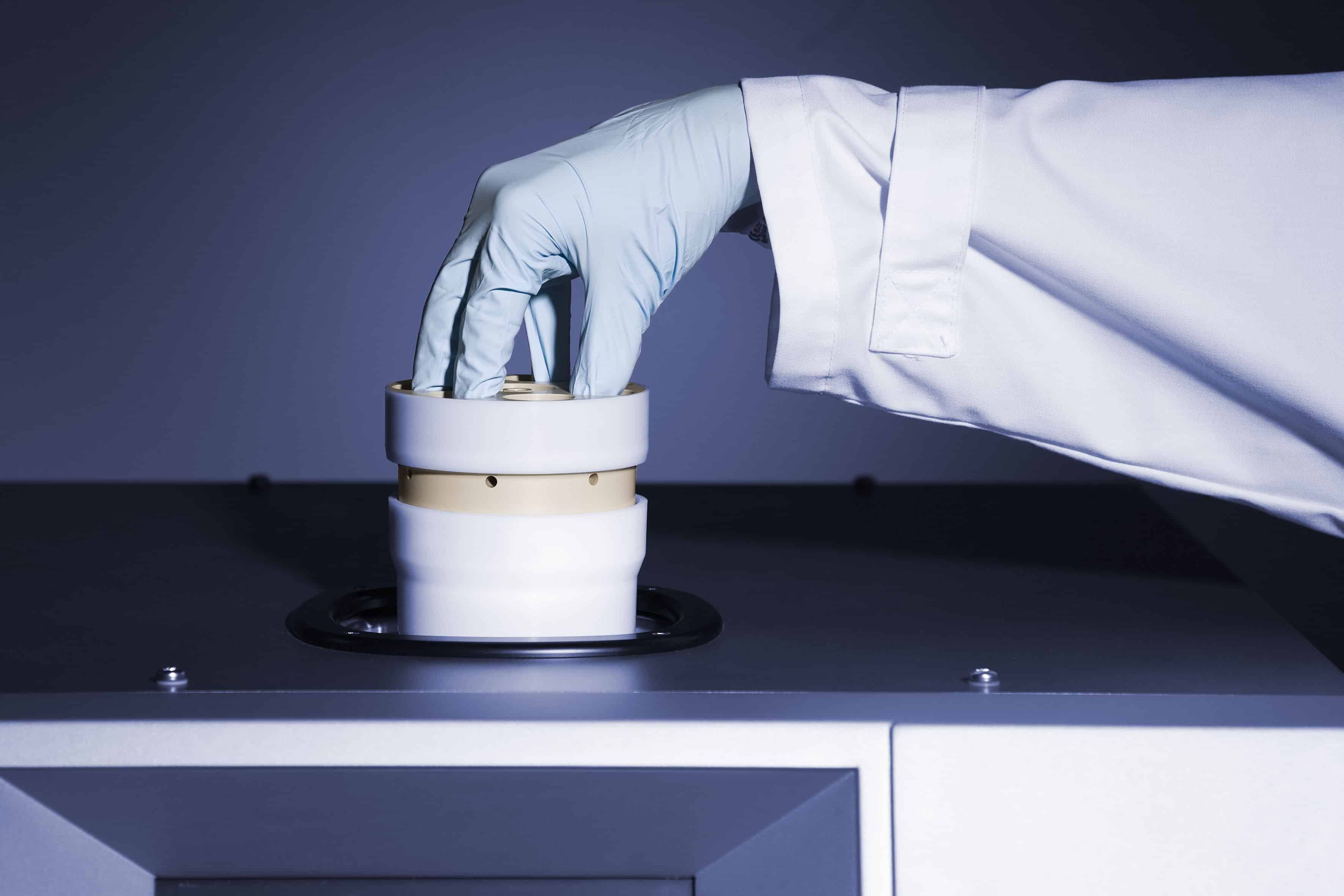
Photolithography is a standard routine for the production of 2.5-dimensional polymer structures.
In the case of negative photoresists the illuminated parts become insoluble and, hence, reproduce the pattern preset by an illumination mask in negative fashion.
Precedent studies have revealed that copoly(2-oxazoline)s with olefinic functionalities can be cross-linked upon the application of UV light by thiol-ene reaction with oligofunctional thiols.
In an experiment carried out using Anton Paar microwave equipment, both small- and large-scale copolymer syntheses were performed in the ionic liquid (IL) HMIM BF4 as a solvent. 80 eq. of NonOx and 20 eq. of Dc=Ox were dissolved in the ionic liquid, and 1 eq. of the initiator methyl tosylate was added.
The polymerization was performed with stirring at 600 rpm at 140 °C for 90 min. After cooling, the copoly(2-oxazoline) precipitated and could be recovered by a combination of dispersion in water and filtration.
Download the full report from Anton Paar to see the results of this experiment.










Water Sector Talent Exodus Could Cripple The Sector
Maybe if things are essential for the running of a country and we want to pay a fair price we should be running these utilities on a not for profit...